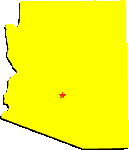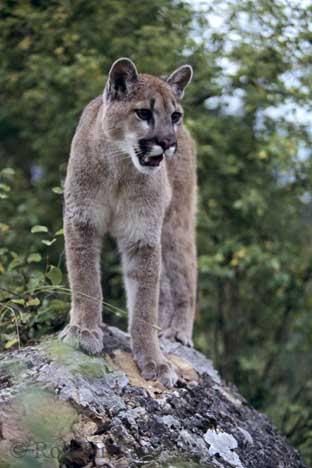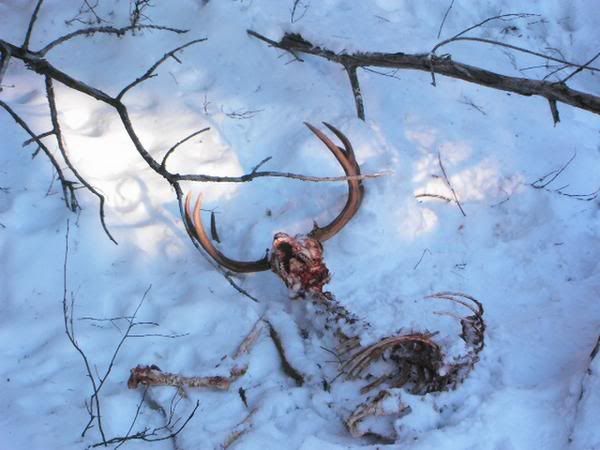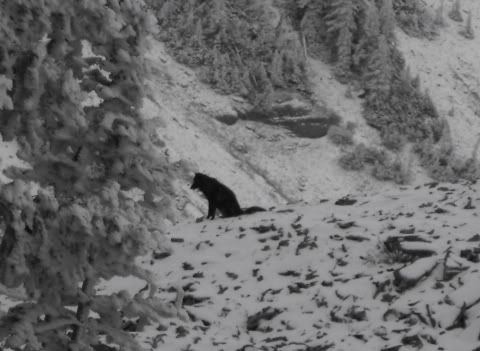There seems to be no limit to the number of mule deer that can be killed by mountain lions, but what what happens when lions prey on bighorn sheep? My current estimate of the number of mule deer killed by mountain lions anually in Arizona is 170,000. What if an “offending mountain lion”, as referenced in the following article, were one that killed two mule deer within a six month period, as opposed to killing two big horn sheep?
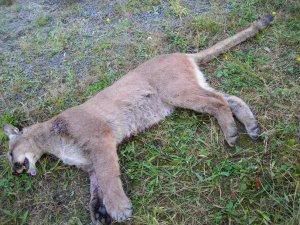
———————————–
Arizona Game and Fish extends moratorium limiting mountain lion predation management on the Kofa National Wildlife Refuge
April 18, 2009
PHOENIX — As part of its continued efforts to restore the Kofa National Wildlife Refuge’s (NWR) struggling desert bighorn sheep herd, the Arizona Game and Fish Commission voted today, at its regularly scheduled meeting, to extend through July 31 the Department’s self-imposed moratorium on lethally removing offending lions captured and collared on the Refuge. As defined by the 2007 Kofa Mountains Predation Management Plan, an offending lion is one that kills at least two bighorn sheep within a 6-month period.
The decision to extend the moratorium through the July 31 date reflects the U.S. Fish and Wildlife Service’s (Service) estimated timeline of the end of the public scoping period for the environmental assessment (EA) for managing mountain lion predation on desert bighorn sheep on the Refuge. The Service now anticipates completing the EA by the end of 2009.
The department’s original one-year moratorium was enacted in April 2008 as a cooperative agreement with the Service, and it expired yesterday, Friday, April 17. When established, the one-year moratorium reflected a Service estimate of six months to complete the EA. Lions captured and collared outside the Refuge are not subject to the moratorium.
The Service requested the department to extend the moratorium due to the complexity of conducting the environmental assessment.
The moratorium extension provides one exclusion.
In late February, the department collared a lion, KM04, on the refuge during the original moratorium. This lion, currently the only one captured and collared on the refuge, has already preyed upon three bighorn sheep and qualifies as an offending lion. Under the extended moratorium, the KM04 lion’s predation history will be reset to zero as of today’s decision. However, if KM04 qualifies as an offending lion again, he will not be covered under the new moratorium.
“The Kofa bighorn sheep herd is critically important to the sheep restoration efforts in Arizona and much of the Southwest,” said Gary Hovatter, deputy director for the department. “The very low rate of herd recruitment – approximately 40 yearlings per year – makes any additive mortality to this herd – be it due to drought, disease, forage quality, or other factors — an issue of critical interest to the department and its stakeholders – the citizens of Arizona.”
Hovatter added, “mountain lions are also an important species to the department and the eco-system. Their populations are very healthy throughout the state and are managed like all other big game species. Removal of lions on the Kofa NWR does not threaten the health of Arizona’s mountain lion population.”
The Kofa desert bighorn sheep herd was once one of the most robust herds in the nation and has been a critically important source of transplant sheep for restoring desert bighorn sheep to Arizona and other southwestern United States mountain ranges for 51 years. Historically the Refuge has been home to a population averaging 760 bighorns. However, since a survey in 2000, the population has continued to decline. The 2006 survey count reflected a historic low estimated population of 390 animals.
Wildlife experts attributed the decline to a variety of potential factors including drought, predation, wildlife water management, disease factors and human disturbance. At the beginning of restoration efforts in 2006, it was estimated that at least five lions had been spending enough time in the refuge portion of the Kofa Mountains Complex to be considered “resident.” Given the historical indications of the transient nature of the lion presence on the Kofa, these resident lions are likely an important cause of additive bighorn mortality.

